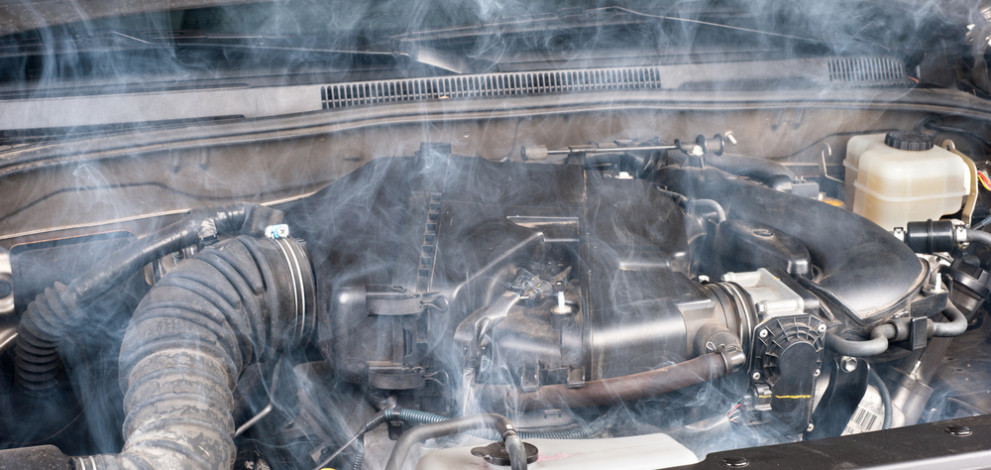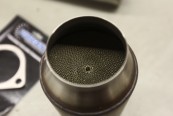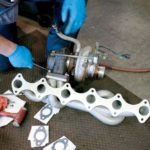You always want to keep your cool. Especially under the hood. Especially in the summer.
Your 4x4 has a hard time dealing with the heat. It gets even harder in the hottest months of the year. If you want to make things easier, run a check on all components under the hood.
You want to be sure that parts like your cat converter heat shield and battery are not affected by any heat buildup.
And what’s the best way to this?
.. with our 3 simple steps for summer-proofing your ride.
STEP 1 – FLUSH YOUR RADIATOR
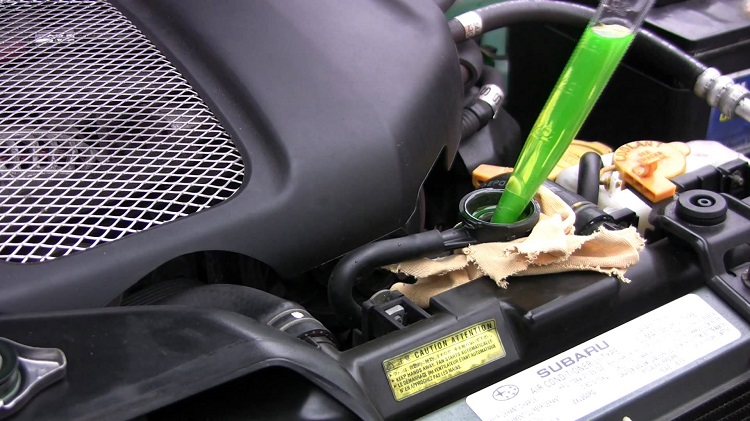
To run cool, your vehicle’s radiator first needs to be clean.
And right now, it’s probably clogged with solid deposits that can inhibit your cooling system.
That’s why you need to perform a radiator flush. And it’s easy to perform when you have everything you need:
- Head screwdriver or appropriate wrench
- An old rag
- Radiator Flush solution
- Coolant
- Funnel
- Coolant receptacle
Before beginning the manipulation, let your engine cool completely.
Remove the valve at the bottom of your radiator. Drain the old coolant.
Be very mindful – this fluid is extremely toxic and can be fatal if ingested. Pets are drawn to drinking it because of its sweet taste!
Drain the old coolant from the radiator into the coolant catcher underneath. Once it has emptied completely, replace the drain plug and remove your radiator cap. Add your radiator flush solution inside the radiator, and fill it up all completely with water.
Replace and tighten the radiator cap. Start your engine and leave it running until it reaches a normal operating temperature. Turn on the heater to the hottest position. Leave it on for at least 10 minutes and then turn off the engine.
Once the engine has cooled, open the radiator drain, and again, drain the contents of the radiator completely.
Your drain is complete! Wasn’t that easy?
The final step is to refill your radiator with fresh coolant.
Replace your radiator drain plug. Fill the radiator with a 1:1 mixture of coolant and water using a funnel. Tighten all caps.
You should already feel.. cooler.
STEP 2 – SERVICE YOUR AC
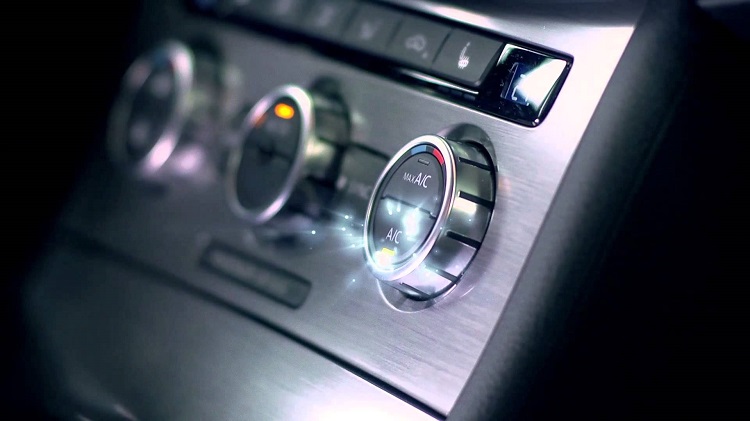
If you skip regular maintenance, your vehicle’s AC can lose around 5% of its efficiency during each year of operation.
The most common symptoms that your AC needs maintenance are:
- Lack of cool air coming through the vents
- Very low levels of air flow
- Formed moisture around your compressor
- A unique odor coming from your AC
..A ride in a vehicle with poor AC can be… sweaty and uncomfortable. The only answer is to service.
Unfortunately, you can do this one of your own.
By law, you’re required to service your AC at a shop, because it involves R13 and R134 system refrigerants which should not be released into the air.
It’s still a good idea understand exactly how it’s being serviced. Your AC system works with the following 4 components:
- A compressor, which takes in gas
- A condenser, which cools down this gas
- An orifice tube, which causes additional pressure to cools down the gas
- An evaporator, which the cold air blows through to arrive to the cabin
Your service technician will inspect your air conditioning compressor drive belt, serpentine belt and all accessible components for cracks, leaks or other damage. He or she will check the operation of the compressor.
If leaks or damage are not found, the system’s refrigerant is evacuated, the system is vacuum-tested, and then recharged with fresh refrigerant.
STEP 3 – ADJUST YOUR VISCOSITY LEVEL
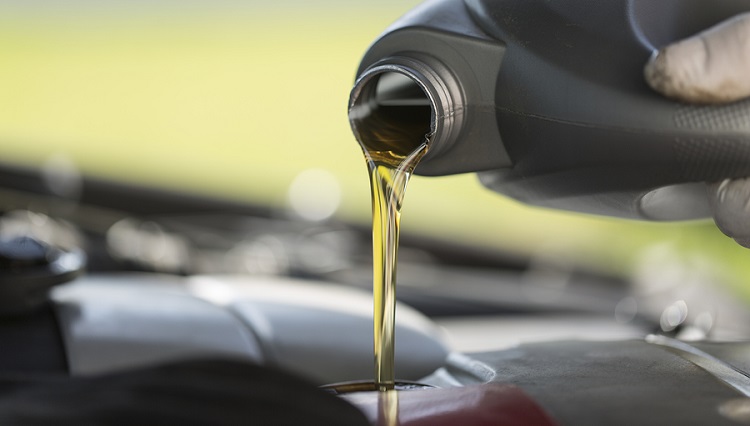
Viscosity measures a fluid's resistance to flow.
In this case, I’m referring to your engine oil’s thickness and its level of detergent additives.
If your engine oil is cooled, it becomes too thick and is difficult to pump. This means that the proper lubrication of critical engine components is hindered.
On the other hand, if engine oil is heated, it becomes too thin. This can reduce its ability to provide an adequate protective coating to critical engine components.
You need a balanced viscosity level. And the level depends on the season.
In the summer heat, you’ll want to have a higher viscosity to keep your engine oil from becoming too thin from the heat.


